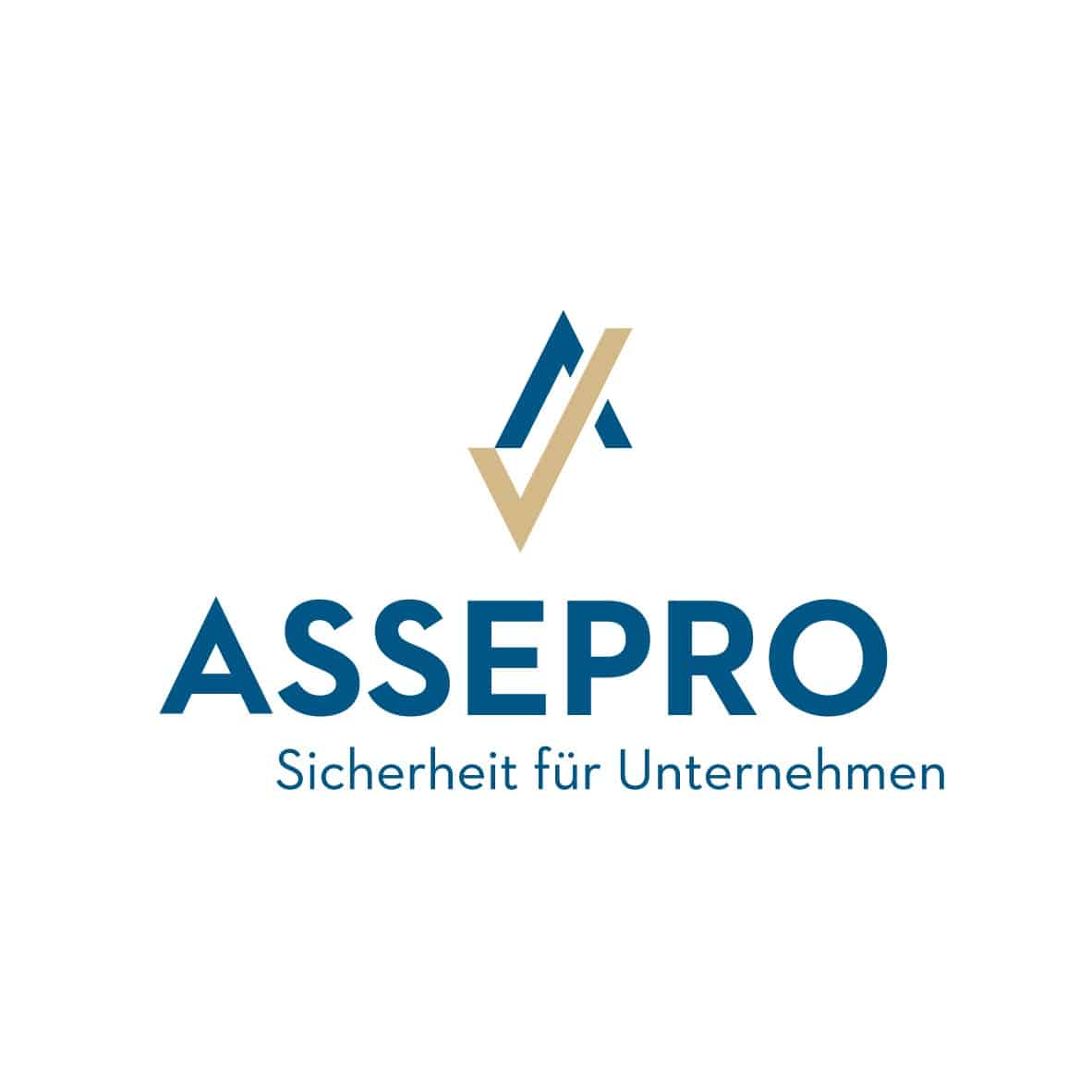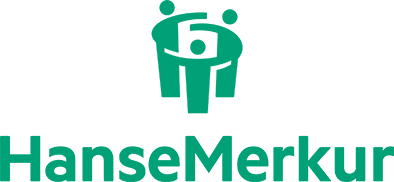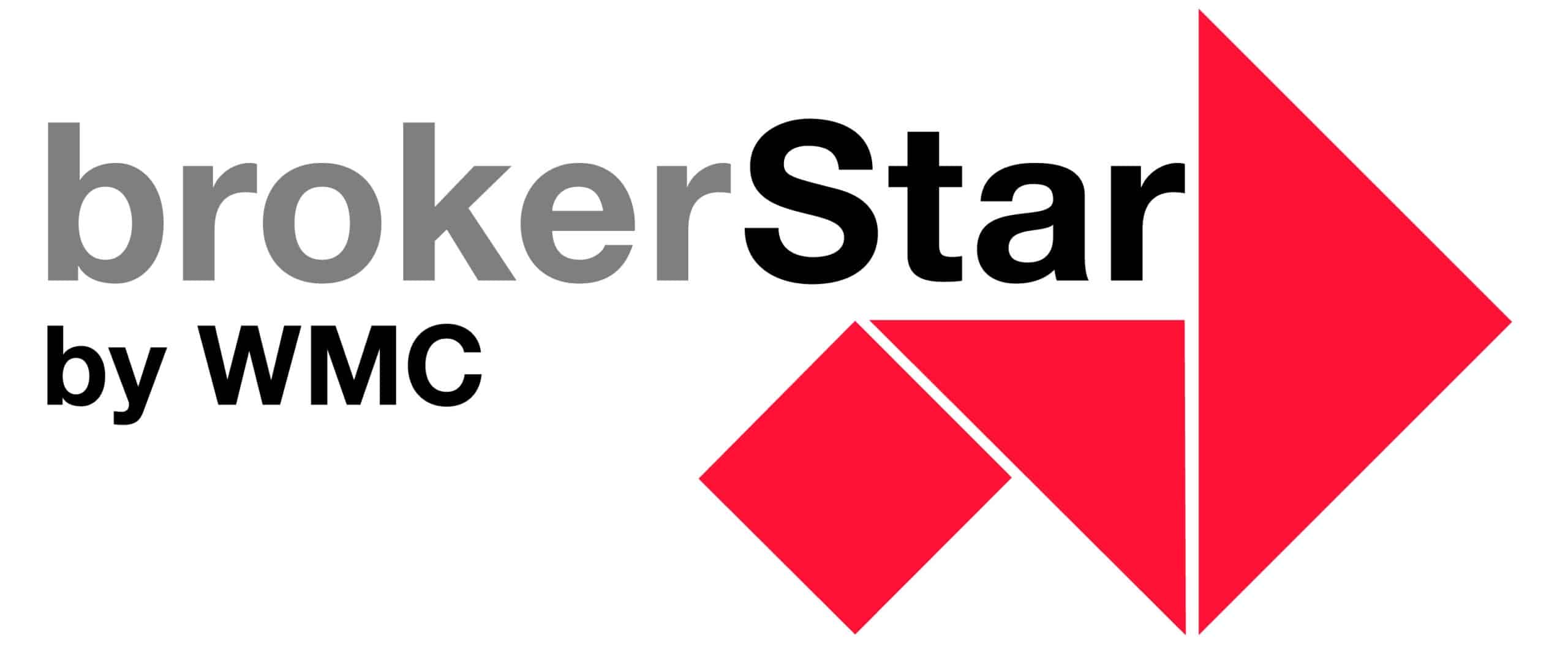Insurance at the limit: Why operational excellence is the new innovation
4 June, 2025 | Current Blog General
Operational excellence is the new innovation. Before you jump on now, please listen to me.
Innovations in the insurance industry often make headlines when they are loud: new digital products, embedded insurance, usage-based pricing, ecosystem partnerships. And all of this is important.
But while the spotlight is on the flashy newcomers, the backbone of this industry is still based on traditional products – vehicle, property, health and life insurance.
The main problem in our industry is that many of these products are still difficult to buy, understand and even use.
And this is where the real opportunity for innovation lies – not in introducing the next purely digital gadget, but in rethinking what already works for millions of people and making it even better.
The unpleasant truth: most products are still cumbersome
Let’s face it: taking out car insurance still feels like paperwork, even if you do it online. Most customers are at a loss after an accident, and filing a claim still feels like a negotiation. Customer service? That’s more of a ping-pong game, a “pass the request” between departments and systems.
It is not the product that is broken, but the experience with it. If we are serious about innovation, we need to stop treating these everyday processes as legacy issues and start treating them as key value drivers.
It’s always great to develop a new, disruptive product, but without a strong operational foundation, it won’t work. Parametric insurance with manual payments defeats the purpose. Before you develop an IoT-based insurance product, make sure you have solid data processing capabilities.
Innovation is not only the new. It is also the better
Innovation is not just about bringing something new to the market. It is also about improving something.
What if you could take out a car insurance policy in less than two minutes via a dialog-based user interface without having to scroll through twelve pages of small print? What if I only had to say what I needed and a modern Large Language Model (LLM) suggested the best products for my individual situation?
Or take a claim, the ultimate moment of truth in insurance. What if a property claim could be assessed and settled within minutes, instead of a week of emails back and forth and unclear updates?
What if customers never had to search for information from insurers again because the process is so seamless that they are always the first to be informed about the next step?
These are not pipe dreams. With the right focus on operational design, digital infrastructure and customer-oriented thinking, these goals are definitely achievable.
Traditional products still dominate the business
Even though we like to talk about disruption, the majority of premiums written worldwide still come from traditional product lines: Vehicle, Home, Health and Life.
These products are familiar to everyone. And they enjoy the long-term trust that embedded offerings or parametric experiments are still trying to win.
If we want to future-proof the industry, we should not abandon these pillars. We should strengthen them by making them easier to understand, simpler to acquire, more transparent to process and more responsive throughout the customer lifecycle.
The good news is that modernizing traditional products doesn’t require reinvention. All it takes is the maturity and discipline to get the basics right.
Operational excellence is the new innovation
It may not sound particularly exciting, but optimizing operational processes is where magic happens.
Expectations are fulfilled in the company – or not. This is where trust is built – or lost.
This is where costs are saved – or wasted.
We need to simplify overly complex processes, coordinate workflows to reduce inefficiencies, and digitize and optimize claims handling. By introducing modern services using technologies such as AI agents or rule-based automation, insurers can radically improve the customer experience and free up resources to focus on the essentials.
You don’t have to change the product to change the rules of the game.
Sometimes the real innovation lies in finally making things work the way they should have always worked.
A new era of innovation leadership
The insurers who will win the next decade are not just those who bring new things to market, but those who do their core business well.
They won’t be known for how futuristic their website looks, but for how easy it is to buy a policy, how straightforward the claims process is and how reliable they are for their customers when it matters.
You will turn operational excellence into a visible, differentiating strength – not something that remains hidden behind the scenes, but something that customers feel and appreciate.
Because in a market full of promises, it is still the implementation that counts.
Conclusion
If innovation is to mean anything in the insurance industry, we need to broaden our definition. Developing new products is all well and good, but whatever we do, it has to work.
And the smartest thing insurers can do today is not always to chase after the next big trend. It’s about making the existing big things simpler, faster and more human.
Sometimes innovation is not a new product launch, but something more effective, such as automation and improving the customer experience.
And that is exactly what this industry needs more of.
Mirela Dimofte
Read also: How AI agents will reshape claims and customer service
Suche:
Sponsoren:





Categories
- Blog (31)
- Company portraits (2)
- Current (216)
- General (195)
- Interviews (26)
- Jobs (1)
- Nicht kategorisiert (731)
- Podcasts (39)
- Video (15)